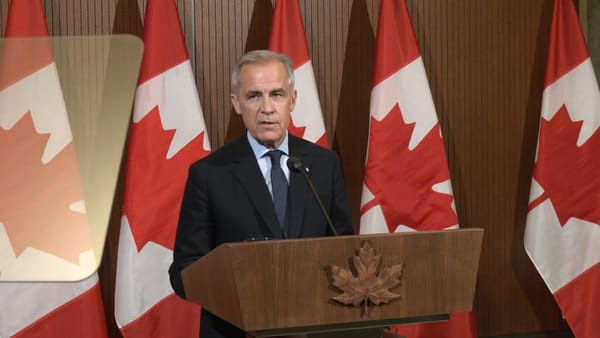Housing the World — But Not Our Own

It’s often said that the measure of a society is how it treats its most vulnerable. If that’s true, then Canada has made its choice — and it’s not you.
Every month, while 40% of Canadians bleed their paycheques into rising rents and half a million live without a roof, their own federal government is spending over a billion dollars to subsidize housing for those who have never paid into the system. Not yet, anyway.
Welcome to Canada 2025, where newcomers receive rental support, startup bonuses, and monthly allowances, while 2 million Canadians visit food banks and 90% of our homeless population are native-born citizens.
Let’s unpack what’s really happening.
The Three-Legged Stool of Housing Subsidies
Administered by Immigration, Refugees and Citizenship Canada (IRCC), three major programs quietly shuffle tax dollars out the back door:
1. Resettlement Assistance Program (RAP)
For government-assisted refugees, this is the golden ticket.
- Monthly shelter allowance: $700–$1,200 (singles), up to $2,000 (families)
- One-time startup payment: $1,500–$3,000
- Annual taxpayer cost: $111.7 million
All of this is just for rent — utilities included. And this support is delivered regardless of whether Canadian citizens in the same provinces can afford the very same shelter.
Source: Government of Canada – Resettlement Assistance Program
2. Housing Top-Up Initiative (HTUI)
Think RAP isn’t generous enough in high-cost cities? HTUI stacks on another $300–$500 per month.
- Eligibility: Those already receiving RAP
- Annual cost: $490.5 million
That’s half a billion just to “top up” those already receiving assistance. And yes, these two can be combined — up to $2,300/month in rental support in some cases.
Source: Government of Canada – One-time top-up to the Canada Housing Benefit
3. Interim Housing Assistance Program (IHAP)
Not on RAP or HTUI? There’s still a plan for you.
- Covers 30–45 days (often extended)
- Estimated $30–$50/day, or $1,200/month
- Annual cost: $574.4 million
Unlike RAP or HTUI, this one’s often routed through provinces and municipalities on a cost-sharing basis. Still, the federal slice is enormous.
Source: Government of Canada – Interim Housing Assistance Program
The Irony of Canadian Poverty
While these programs are fully funded and actively expanding, StatsCan reports that nearly 1 in 10 Canadians can’t afford their rent. Some 500,000 are currently homeless. In a cruel twist, 90% of them were born here.
Where is the matching rent relief for disabled veterans? For elderly citizens living on fixed incomes? For working-class Canadians $100 away from insolvency?
An Economy Built on Immigration — Or Dependency?
You’ll hear the common refrain: “We need more immigrants to fill jobs Canadians won’t do.” But when foreign workers arrive to subsidized housing, startup payments, and government-funded wages (often up to 50–100% employer reimbursement), who exactly benefits?
Certainly not the average taxpayer footing the bill.
Worse still is the fact that these policies aren’t recent. They’ve simmered quietly under both Liberal and Conservative governments for over a decade. They’re not a bug — they’re the design.
What Now?
Let’s be clear: This isn’t an attack on immigrants or refugees. Many of them will go on to contribute meaningfully to Canada. But it is a harsh critique of a government that has chosen performative generosity for global optics over the basic welfare of its own citizens.
If you’re a Canadian citizen, you’ve been told — politely — to get in line. To work harder. To donate more. To need less. You’ve become a funding source, not a beneficiary.
And as long as these programs continue without meaningful reform, the message remains:
“You pay. Others stay.”





